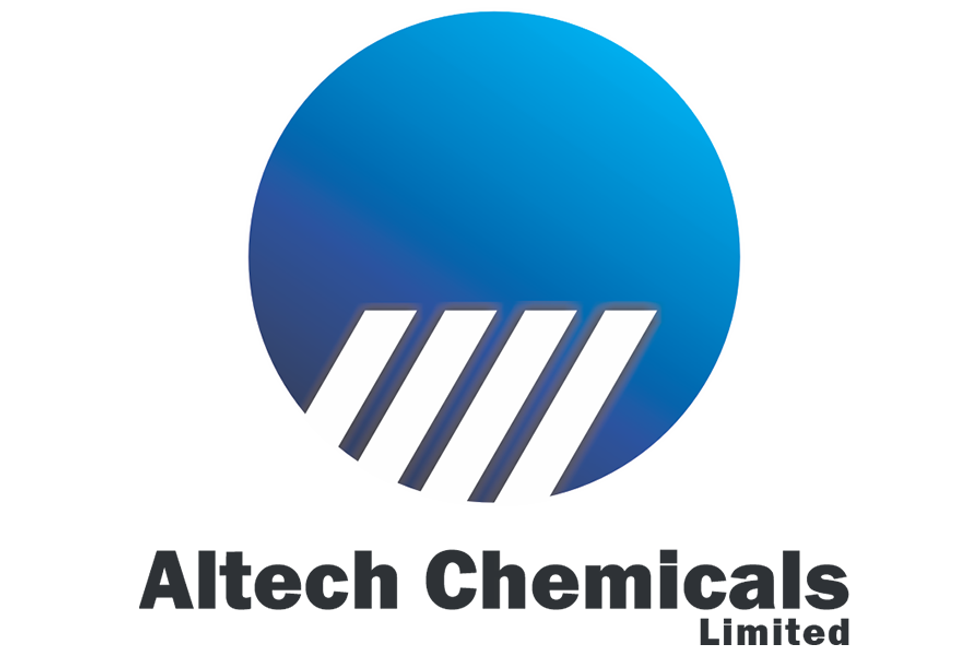Graphite Mining in the US
The US currently produces no graphite, and many are wondering if graphite mining in the US will happen. Here’s an overview of the situation.

The establishment of a US graphite-mining industry has enjoyed increased interest in recent years thanks to expected growth in demand for electric vehicles.
China is the top producer of graphite by far, but for various reasons it’s not particularly easy — or desirable — to invest in companies mining graphite there.
Many investors are instead looking to North America for graphite opportunities, especially since Tesla’s (NASDAQ:TSLA) announcement that it plans to source the lithium, graphite and cobalt it needs for its Nevada-based gigafactory from companies working on the continent. In 2015, Tesla backed up that statement by signing two lithium supply deals with companies whose projects are in North America.
But while investors are keen to take stakes in North America-focused graphite companies, there are very few companies actually producing graphite in the region. In fact, of the countries in North America, only Canada (10,000 metric tons) and Mexico (8,000 metric tons) produced graphite in 2020, accounting for a combined 2 percent of global supply; meanwhile, the US produced none at all.
Market watchers are wondering whether a US graphite-mining industry will rise to meet the region’s demand, and in particular whether graphite mining in the US will ever happen. Here’s a look at the history of US graphite production and what may be next.
Is there a shortage of graphite?
Graphite is deemed a critical material by the US, and about a century ago it was mined abundantly in the country, mostly in Alabama. However, according to a report from the US Geological Survey, graphite mining in the US has long since stagnated. In fact, the metal has not been mined in the country since 1990, when United Minerals suspended operations at its graphite mine in Montana.
As a result, the US now imports all of the graphite it requires. In terms of domestic demand, 2020 saw 95 US firms consume 35,000 metric tons of natural graphite valued at US$21 million.
Total imports for that year stood at 41,000 tons of natural graphite — of that amount, 71 percent was flake and high-purity graphite, 28 percent was amorphous graphite and 1 percent was lump and chip graphite. The US’ main import sources of graphite for the year were China (33 percent), Mexico (23 percent), Canada (17 percent) and India (9 percent). The remaining 18 percent came from other sources.
US graphite consumption was mainly attributed to such end uses as batteries, brake linings, lubricants, powdered metals, refractory applications and steelmaking.
Is graphite demand rising?
Demand for graphite is traditionally closely tied to steelmaking and manufacturing, but is now also coming from the production of lithium-ion batteries for electric vehicles. Interestingly, these batteries actually contain 10 to 30 times more graphite than lithium.
Tesla’s gigafactory and mission to source materials from North America have played a significant role in growing calls for US-produced graphite. The company is planning to add additional gigafactories in the coming years, and other manufacturers are following suit. According to Benchmark Mineral Intelligence, as of March 2021, there were 200 megabattery cell factories in the pipeline to 2030.
Another potential graphite demand source is the US government via the US Department of Defense’s stockpile, which requires materials like fine-grain, high-density graphite.
The material has an array of applications in the defense sector: jet engine components, body armor and electronic systems to name few. The nation currently has no stockpiles of graphite, which illustrates the importance of US-produced graphite when it comes to national defense. Reliance on a geopolitical competitor is a major risk for the US defense sector because it could directly impede manufacturing of critical defense systems and equipment.
It’s important to note that graphite demand changes based on the type of graphite. Flake, amorphous, vein and synthetic graphite differ in their uses, and when it comes to the emerging battery market, graphite sources also have to be high in purity.
What companies are exploring for graphite?
It’s clear that while graphite mining in the US is not happening right now, the country recognizes it needs to occur. Even so, there are not many companies targeting graphite mining in the US. Two projects are currently under development, states the US Geological Survey, one each in Alabama and Alaska.
In Alaska, Graphite One Resources (TSXV:GPH,OTCQX:GPHOF) is focused on its Graphite Creek deposit, which it bills as North America’s largest high-grade, large-flake graphite deposit. In January 2021, the company announced that the US government had designated it a high-priority infrastructure project.
“We see the fact that our project qualifies under the FPISC’s Renewable Energy and Manufacturing sectors as recognition of graphite as essential to a sustainable U.S. infrastructure supply chain,” said Anthony Huston, CEO of Graphite One.
In 2019, the company increased the tonnage, grade and contained graphite in its mineral resource estimate over that of a 2017 preliminary economic assessment (PEA). The updated mineral resource estimate includes 1.69 million tonnes in the measured category grading 8 percent graphitic carbon; 9.26 million tonnes in the indicated category grading 7.7 percent graphitic carbon; and 91.89 million tonnes in the inferred category at 8 percent graphitic carbon.
The PEA proposes a graphite product manufacturing plant that can convert Graphite Creek’s annual 60,000 tonnes of graphite concentrate into 41,850 tonnes of electric vehicle battery-grade coated spherical graphite and 13,500 tonnes of purified graphite powders. Graphite One is planning to complete a prefeasibility study for the asset in mid-2021.
In the Southern US, Westwater Resources (NASDAQ:WWR) holds two flake graphite projects: Coosa and Bama, situated within the heart of a historical graphite-producing region.
In early 2021, the company announced that as part of a pilot plant study it had produced more than 11 metric tons of three battery-grade graphite products: ULTRA-PMG, ULTRA-CSPG and ULTRA-DEXDG, which were previously produced at a bench scale.
“The core of our pilot program is the measurement of all inputs — such as energy and reagents — and outputs to ensure these high-performance battery-grade graphite products are manufactured in a manner that does not harm our employees, our communities or the environment,” said Chris Jones, CEO of Westwater Resources, in a press release.
Data from the pilot plant study will inform a definitive feasibility study for Coosa’s processing facility, which Westwater projects will be completed in mid-2021. Construction of the plant is slated to begin by the end of the year. The company expects to commission the commercial plant in Q4 2022.
Certainly those interested in graphite mining in the US will be keeping a close eye these companies.
This is an updated version of an article first published by the Investing News Network in 2015.
Don’t forget to follow us @INN_Resource for real-time news updates!
Securities Disclosure: I, Melissa Pistilli, hold no direct investment interest in any company mentioned in this article.






